Who wants to fall on the exclusive black volcanic sand? Or maybe you want to touch the very heart of the planet? You will say: “No, why should I do this?” I will not argue, maybe you do not need it, maybe you are the most ordinary person, who is not interested in what sand to spend his vacation. Yes, it really does not really matter. Well, practically has not. However, close your eyes and imagine for a moment that thousands of years ago terrible volcanoes breathed fire and spewed out a huge temperature of lava, which was extinguished by ocean waves, and when the lava froze, for another thousand years these waves broke it and carried small particles of volcanic rock back to Coast. Imagine that it is on this sand that you are now sitting … Touch it! Now you have touched the very heart of the planet!
Punalu’u Beach, Hawaii, United States
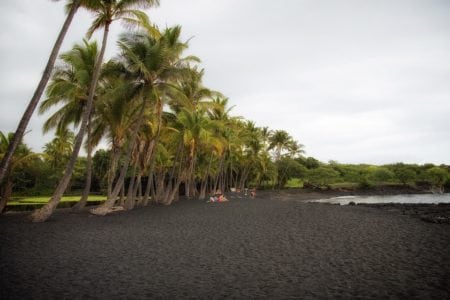
Picture Credit: 12019
Punalu’u Beach is considered the most popular beach of the world with black sand. It is located on the Big Island, part of Hawaii. Black sand, which is formed from frozen volcanic lava, here the entire beach strip is covered. Near the beach in large numbers live rare species of turtles. Bathing on the beach is not forbidden, but because of the fresh underwater currents there is always cold water even in the hottest season, and in the ocean there are sharp rocks of frozen volcanic lava.
Black Sand Beach, Maui Island, Hawaii, USA
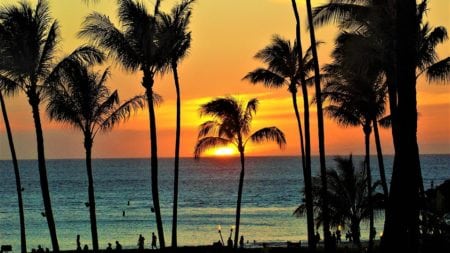
Picture Credit: hmmunoz512
The sand on the Black Sand Beach, Maui arose gradually under the influence of ocean waves that crumbled the volcanic rock, creating fine sand. The beach is very popular with tourists, as apart from a simple lazy holiday on the island you can visit unique places: caves and bridges made of stone created by nature itself.
Beach “The Lost Coast”, California, USA

Picture Credit: 12019
This beach is located on the Lost Island to which it is not so easy to reach only by boat or along a path running through a mountain range. The beach is part of the state natural reserve, surrounded by dense forests, ravines and rocky shores, has not been studied enough. It can be called the longest beach with black sand, the length of which is 79 mi. They go here for a secluded quiet rest.
Beach in the Bay of Prince William Sound, Alaska
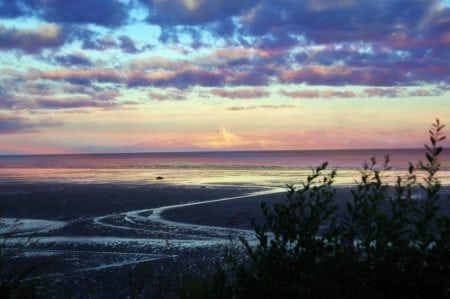
Picture Credit: LoveToTakePhotos
This beach with black sand is located near the town of Anchorage, so it’s easy to get to it, of course if you are already in Alaska. Undoubtedly, the main attraction here is unique nature: green hills, fabulously beautiful glaciers and waterfalls, crystal clear water. Because of the damp and cold weather, you can not swim, but you can do extreme sports, many go here to swim in kayaks or participate in hikes.
Lovina Beach, Bali Island, Indonesia
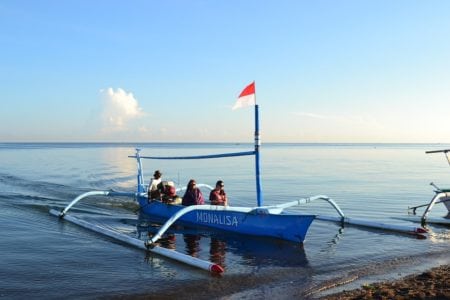
Picture Credit: pancagautama
Without exaggeration, the most popular beach of the northern part of Bali is located near the town of Singaraja, 6 mi to the west. The beautiful volcanic beaches stretch 4 mi long, here there is clear clear water and a unique underwater world that attracts snorkelling and diving lovers, too little waves for surfing on Lovina beach. At dawn in the sea you can watch the dolphins, for this even organized a special excursion.
Karekare Beach, North Island, New Zealand
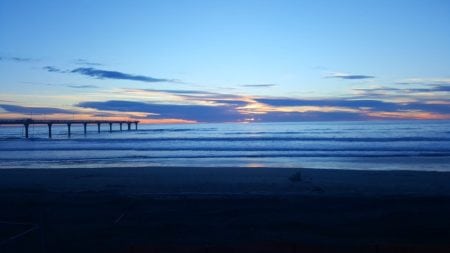
Picture Credit: Abider
The Karekare Beach is a picturesque endless expanse of black sand, surrounded by massive rocky cliffs leaving for the sea, located just half an hour from Auckland on the coast of the Tasman Sea. A variety of unique endemic plants grow on the beach, while seals and fur seals are playing on the beach. The overall beauty of the scenery is complemented by the waterfall Karekare Falls, which lurks in a small forest, the nature is preserved in its original form. You can swim, but far to swim lifeguards do not recommend because of dangerous active waves.
The Black Beach in Vik, Iceland

Picture Credit: globenwein
Vik Beach is the wettest place on the planet, although it rains extremely rarely. Vik is one of the most beautiful and unusual places, located 111 mi southeast of Reykjavik. Along the 3 mi beach there are basalt columns that arose in due to the work of strong wind and waves. The beach appeared as a result of the activity of the ancient volcano Katla, the last eruption of which was only in 1918, so the formation of the beach line is not yet complete. Despite the general unusual picture of the beach is perfect for a relaxing family holiday.
Beaches of Tenerife, Canary Islands, Spain
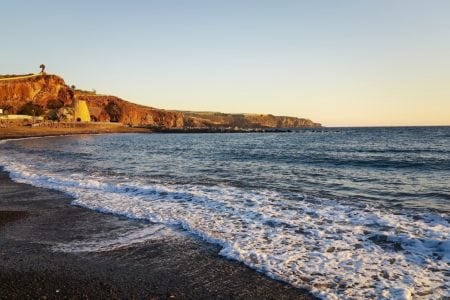
Picture Credit: nextvoyage
Volcanic beaches of different shades, from dark gray to black, are considered a visiting card of the island of Tenerife. The best beaches with black sand: Playa la Arena in Puerto Santiago and Playa Benijo in Anaga. The sand here is unusual – very small, often eaten in clothes, the sun shimmers in different colors and very quickly heats up to impossibility, has healing properties. The water near the coast is clear and clean, there are many animals living here, so diving is very popular.
